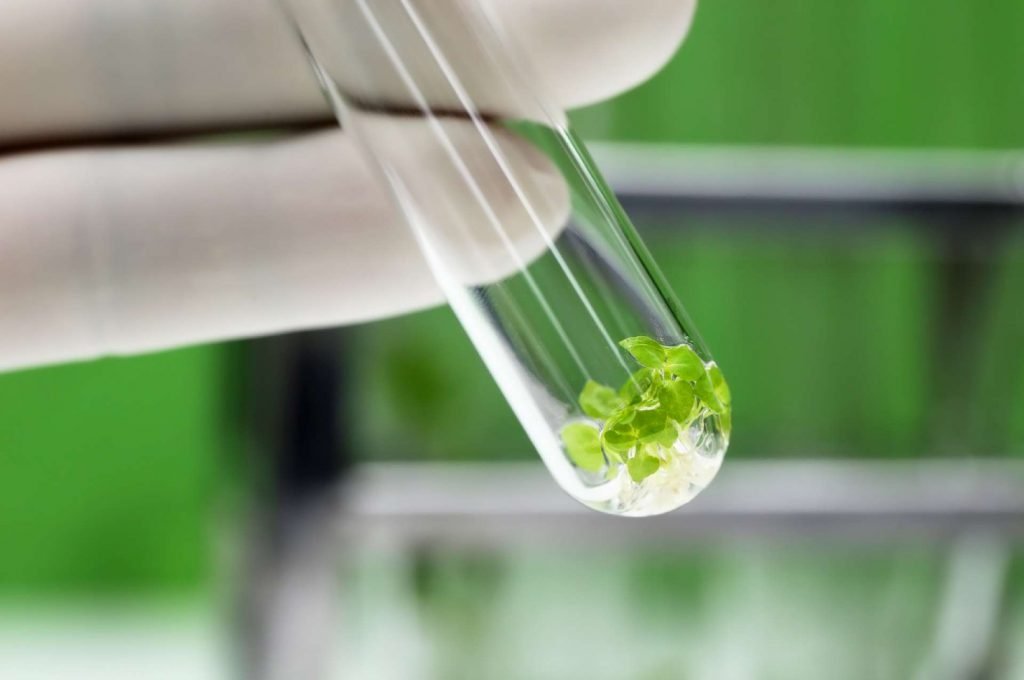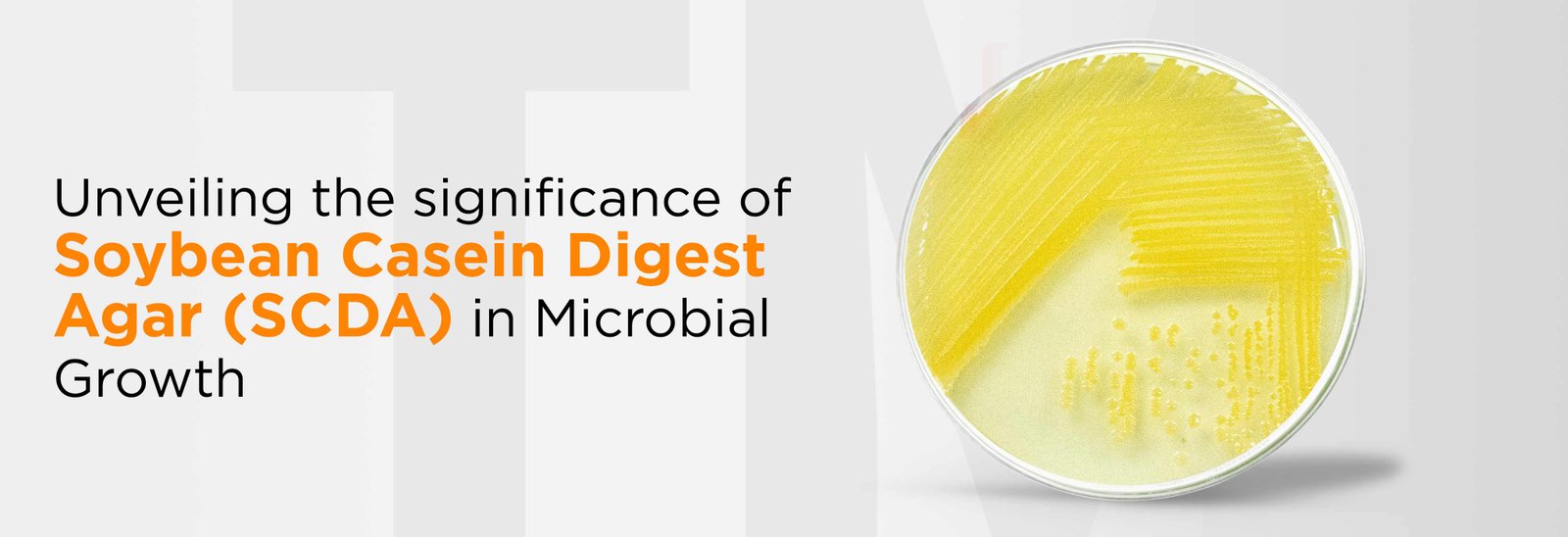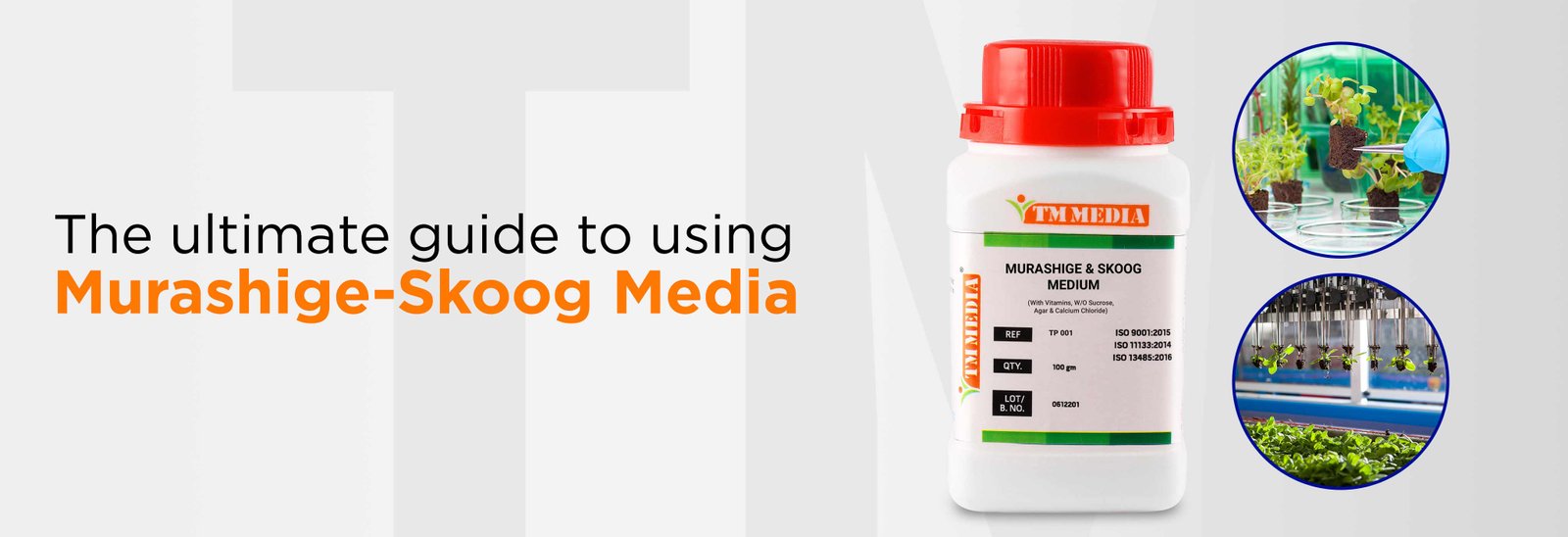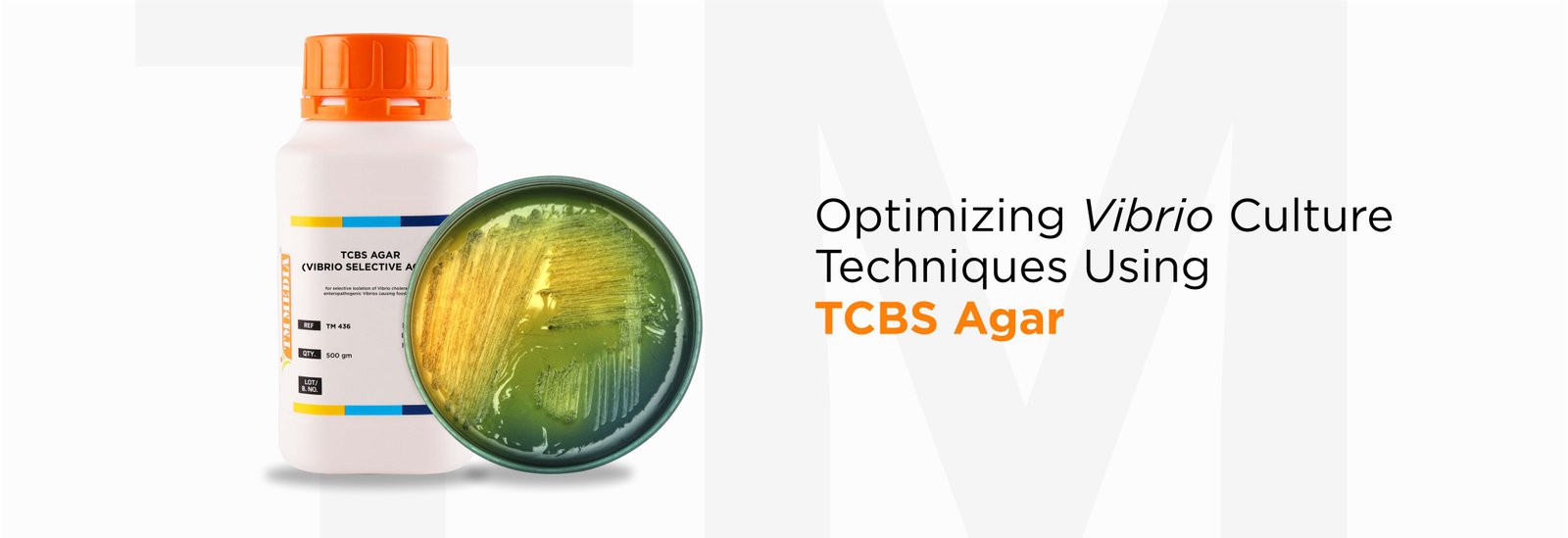

Micro element: These elements are required in trace amount (< 0.5mM) for plant growth and development. Microelements that are usually used in plant tissue culturing are: Manganese, Iodine, Copper, Cobalt, Boron, Molybdenum, Iron and Zinc.
Macro element: These elements are present in greater amount (> 0.5mM) for plant growth and development. These element comprises at
least 0.1% of dry weight of plants. Macro elements that are usually used in plant tissue culturing: Nitrogen, Phosphorous, Potassium,
Magnesium, Calcium and Sulphur.

Maintaining the highest standards of quality and safety is paramount in pharmaceutical manufacturing. Strict adherence to current good manufacturing practices...
Read More
Potato Dextrose Agar (PDA) is a widely utilized medium in microbiology, specifically designed for the isolation and enumeration of yeasts...
Read More
In the complicated world of microbiology, where precision and reliability are of utmost importance, Soybean Casein Digest Agar (SCDA) stands...
Read More
Have you ever wondered how scientists can grow entire plants from just a few cells in a laboratory? The answer...
Read More
In the world of pathogenic identification, one crucial player in the isolation and cultivation of Vibrio species is Thiosulfate-citrate-bile salts-sucrose...
Read MoreMicrobiology, as a scientific discipline, relies heavily on precise tools and methodologies for understanding the details of the microbial world....
Read More